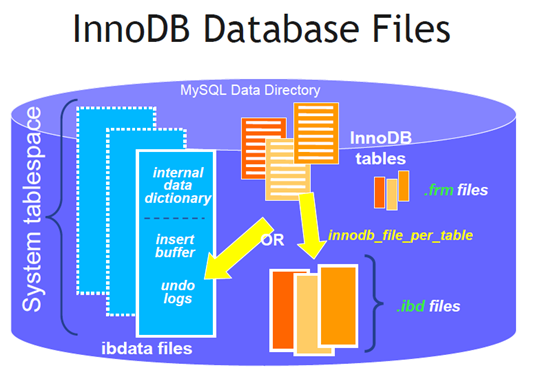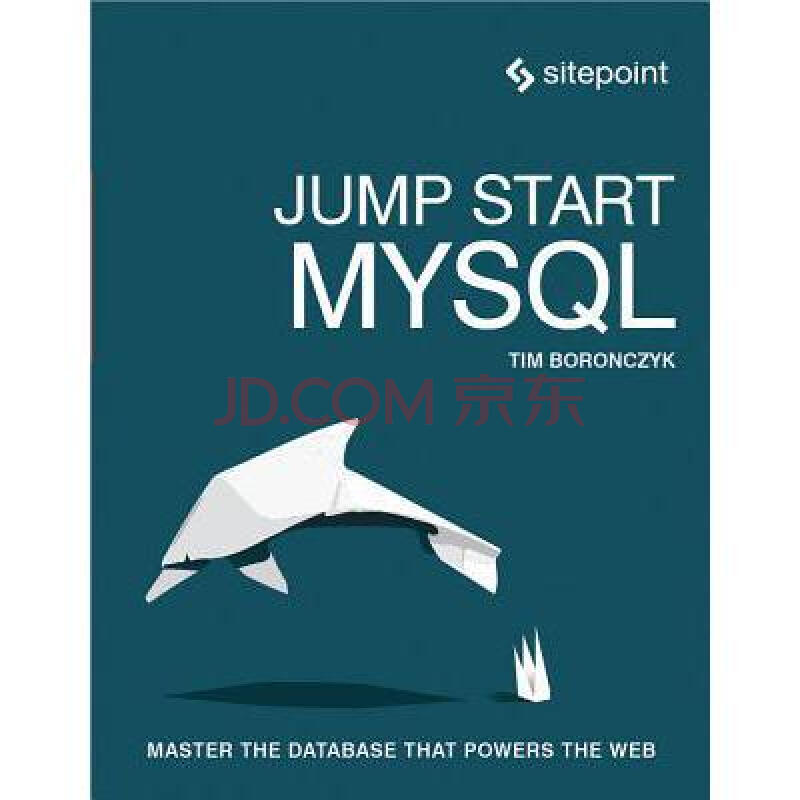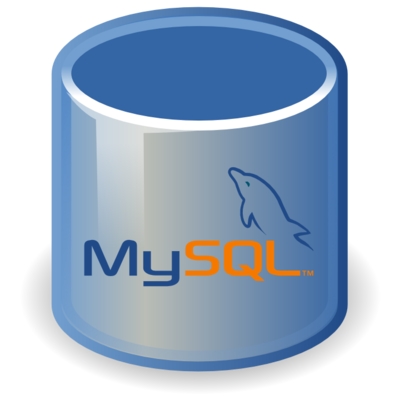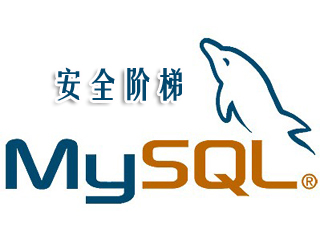
1. Architecture design 11. The master and slave servers can use different storage engines. InnoDB is used on the Master, taking advantage of advanced features such as transactions and row-level locks. MyISAM is used on the Slave, which has better read performance, saves memory, and is easy to back up. You can also use different data types respectively, such as varchar on the Master and char on the Slave. This not only saves space, but also makes use of the static table features of MyISAM. 2. In the M-S-Muti Slave solution, the relay slave can also use the BlackHole storage engine. The BlackHole storage engine only records logs and does not write data. Using this feature can greatly improve the performance of relay logs. However, this solution does not support Replication under GTIDs, because BlackHole can only be used with binary logs in StateMent format, and both Row and Mixed formats are not available. 3. In the design of separation of reading and writing, the master-slave server can adopt different indexing schemes. Master can only retain indexes such as primary keys or unique indexes that guarantee data relationships. Salve does index optimization for queries.
1. Recommended 10 MyISAM source code examples (collection)

##Introduction: 1. Architecture design 11. The master and slave servers can use different storage engines. InnoDB is used on the Master, taking advantage of advanced features such as transactions and row-level locks. MyISAM is used on the Slave, which has better read performance, saves memory, and is easy to back up. You can also use different data types respectively, such as varchar on the Master and char on the Slave. This not only saves space, but also makes use of the static table features of MyISAM. 2. In the M-S-Muti Slave solution, the relay Slave can also use BlackHole storage boot...
2. A brief discussion on the core architecture design of the two architectures

Introduction: 1. Architecture design 11. The master and slave servers can use different storage engines. InnoDB is used on the Master, taking advantage of advanced features such as transactions and row-level locks. MyISAM is used on the Slave, which has better read performance, saves memory, and is easy to back up. You can also use different data types respectively, such as varchar on the Master and char on the Slave. This not only saves space, but also makes use of the static table features of MyISAM. 2. In the M-S-Muti Slave solution, the relay Slave can also use BlackHole storage index...
3. 10 recommended articles on optimizing the database

Introduction: This article mainly introduces the tutorial of MySQL to implement batch insertion to optimize performance. The running time is given in the article To show the comparison after performance optimization, friends in need can refer to it. For some systems with large data volumes, the problems faced by the database are not only low query efficiency, but also long data storage time. Especially for reporting systems, the time spent on data import may last for several hours or more than ten hours every day. Therefore, it makes sense to optimize database insertion performance. After some performance tests on MySQL innodb, I found some things that can improve insert efficiency...
4. How to use INNODB? Summary of how to use INNODB

Introduction: This article mainly introduces how MySQL implements batch insertion to optimize performance In the tutorial, the running time is given to express the comparison after performance optimization. Friends who need it can refer to it. For some systems with large amounts of data, the problems faced by the database are not only low query efficiency, but also long data storage time. Especially for reporting systems, the time spent on data import may last for several hours or more than ten hours every day. Therefore, it makes sense to optimize database insertion performance. After some performance tests on MySQL innodb, I found some things that can improve insert efficiency...
5. 10 recommended articles about optimizing performance

Introduction: This article mainly introduces the tutorial of MySQL to implement batch insertion to optimize performance. The running time is given in the article to indicate the comparison after performance optimization. Friends in need can refer to it for some large amounts of data. In addition to the low query efficiency of the system, the problems faced by the database are also the long time for data to be stored in the database. Especially for reporting systems, the time spent on data import may last for several hours or more than ten hours every day. Therefore, it makes sense to optimize database insertion performance. After some performance tests on MySQL innodb, I found some things that can improve insert efficiency...
6. Detailed examples of InnoDB database optimization

Introduction: InnoDB is designed for maximum performance when processing huge amounts of data for Mysql. Its CPU efficiency is probably unmatched by any other disk-based relational database engine. Innodb is very popular among websites or applications with large amounts of data. Then it doesn’t need to be optimized. The answer is obvious: of course not! ! !
7. Detailed example of innodb_autoinc_lock_mode method

# #Introduction: The editor below will bring you an introduction to MySQL innodb_autoinc_lock_mode. The editor thinks it’s pretty good, so I’ll share it with you now and give it as a reference. Let’s follow the editor and take a look.
8. Detailed example of the innodb_flush_method method in mysql

Introduction: The editor below will bring you an article on the innodb_flush_method value method (explanation with examples). The editor thinks it’s pretty good, so I’ll share it with you now and give it as a reference. Let’s follow the editor and take a look
[Related Q&A recommendations]:
innodb - How to implement mysql thread-safe nextval () Method
In the actual operation of MVCC in Mysql's InnoDB engine, there are update-related issues?
Can I ask about the non-auto-increment ID of mysql innodb? Primary key efficiency?
php - I want to test InnoDB's row lock, why can't I test it? Can you help me look at my code?
php - Select multi-row SQL statement slow query optimization
The above is the detailed content of How to use nnoDB? Summary of nnoDB instance usage. For more information, please follow other related articles on the PHP Chinese website!




